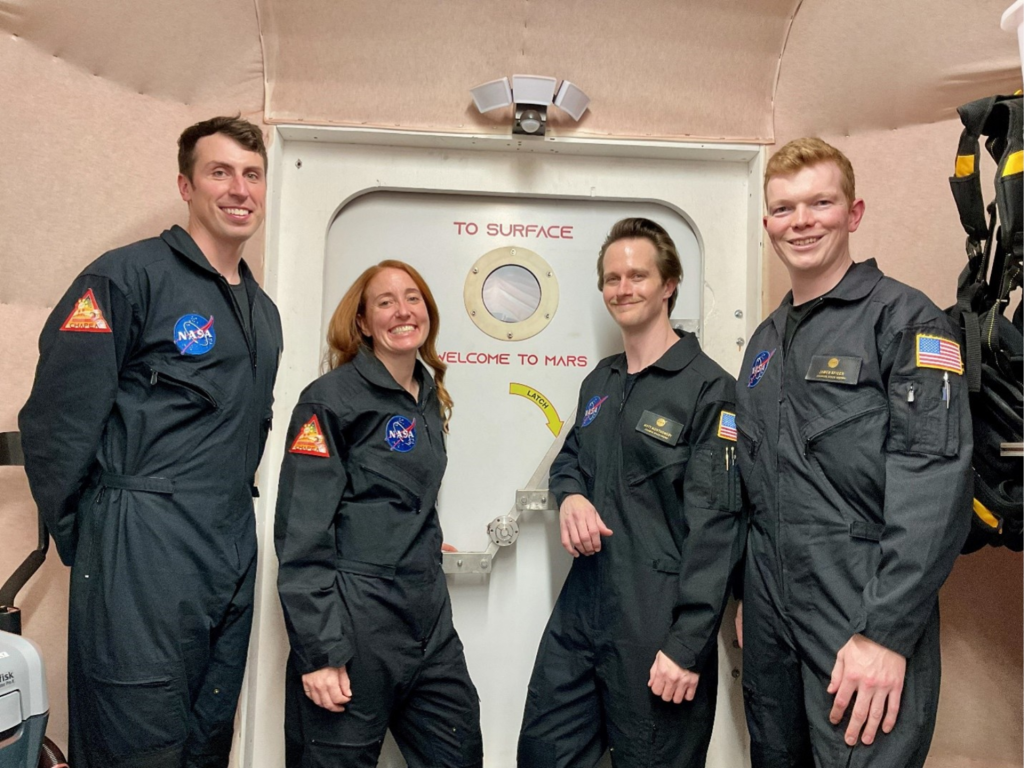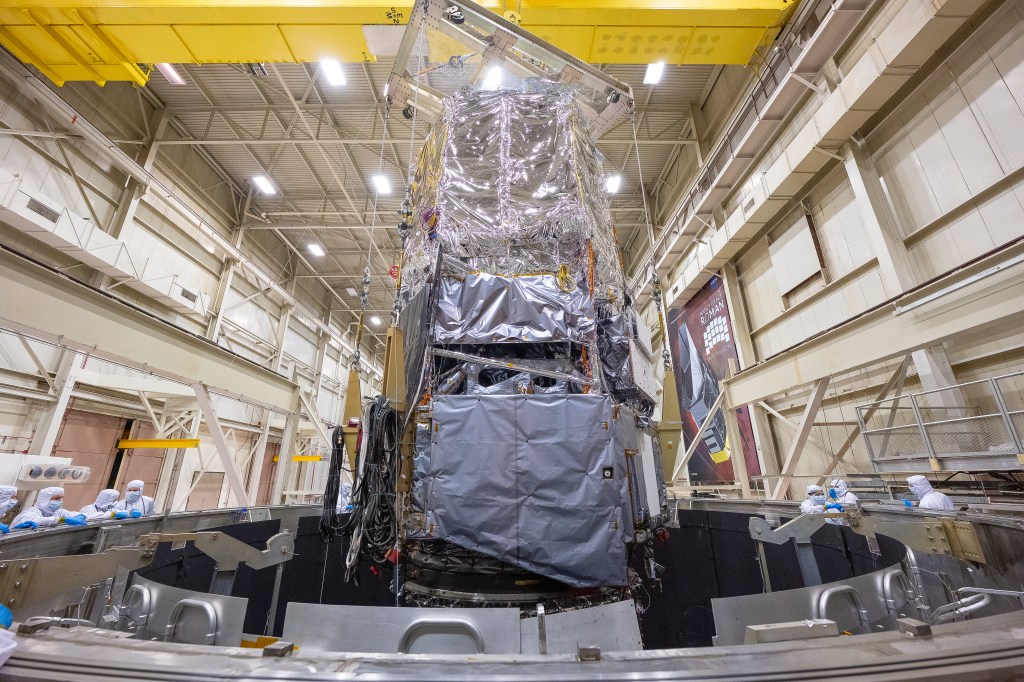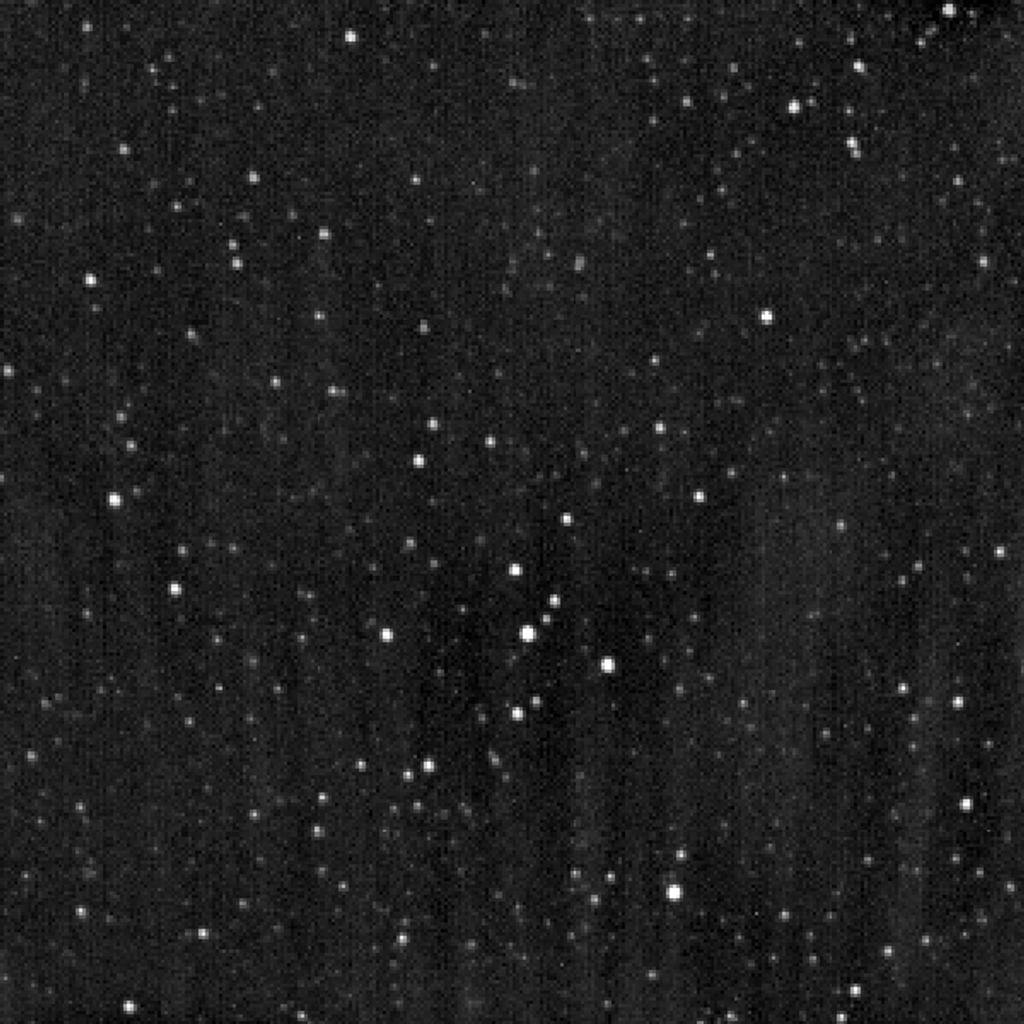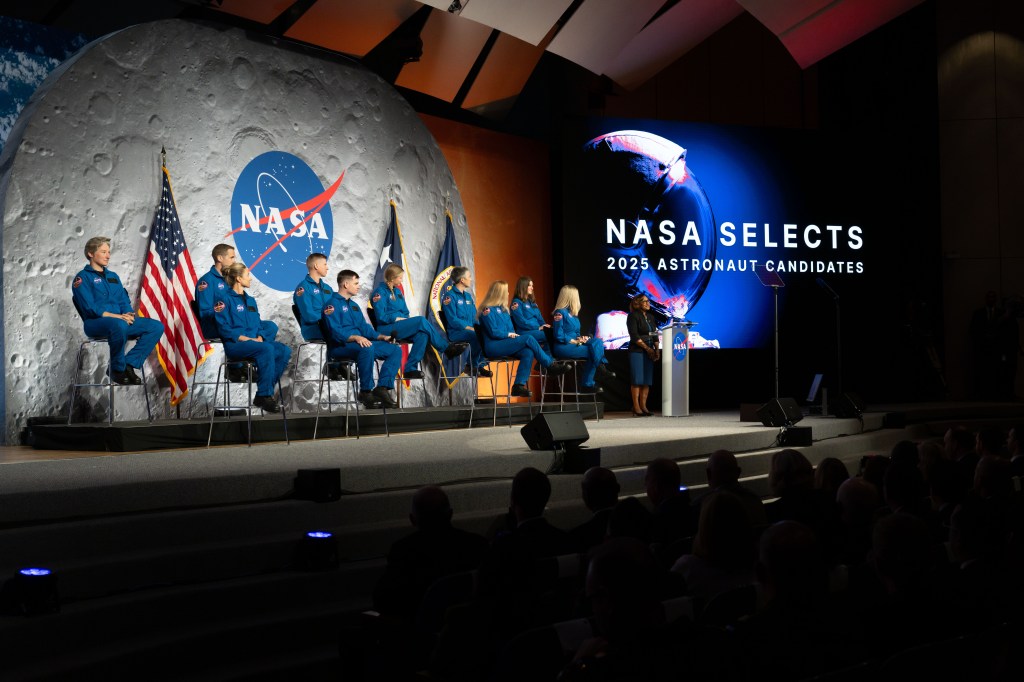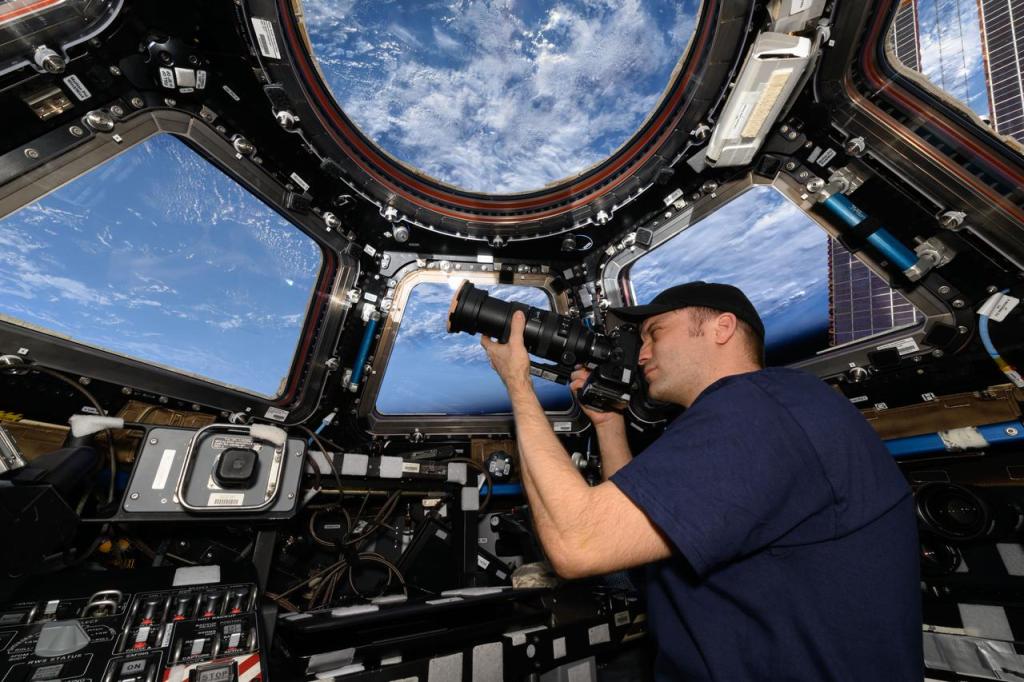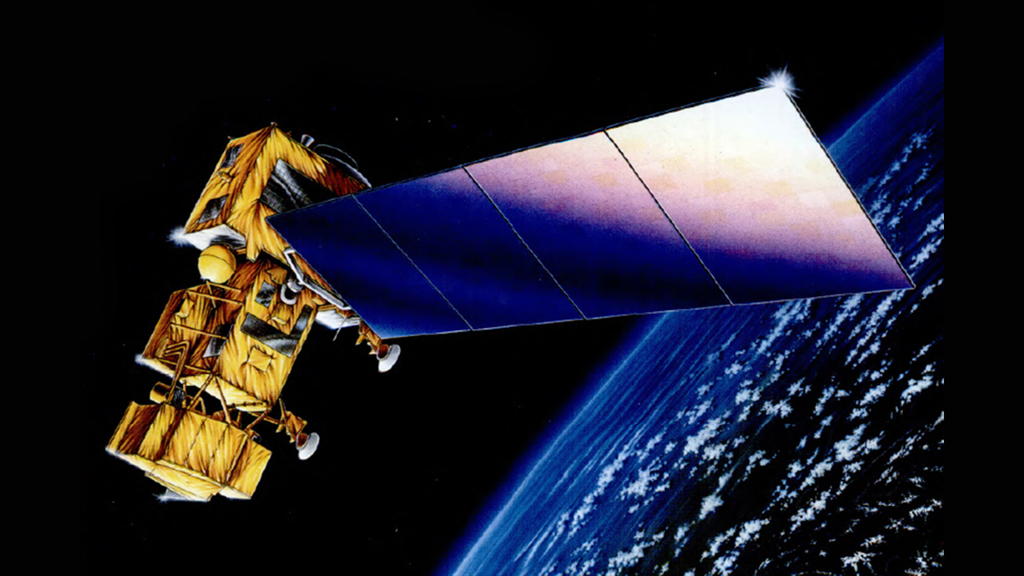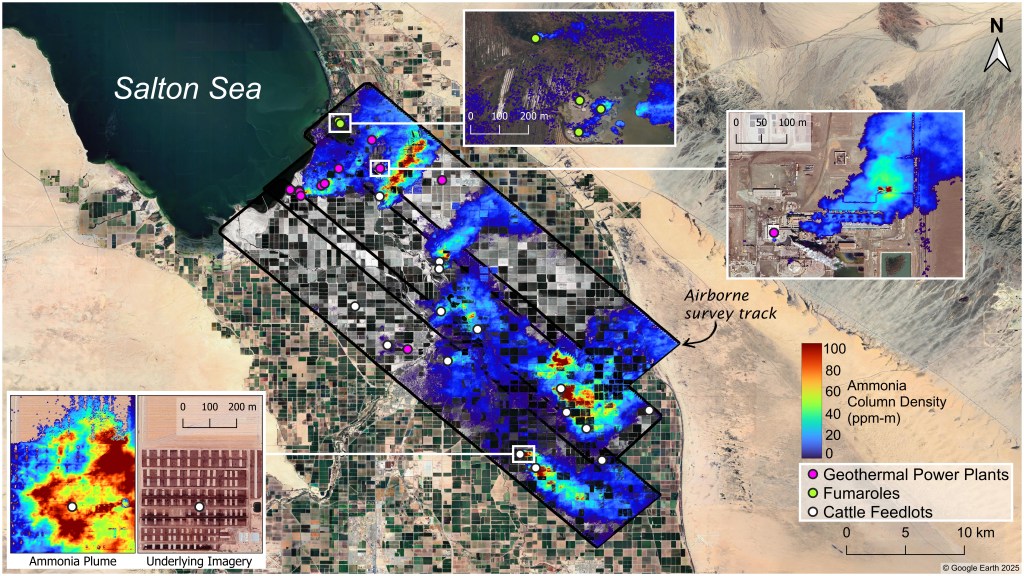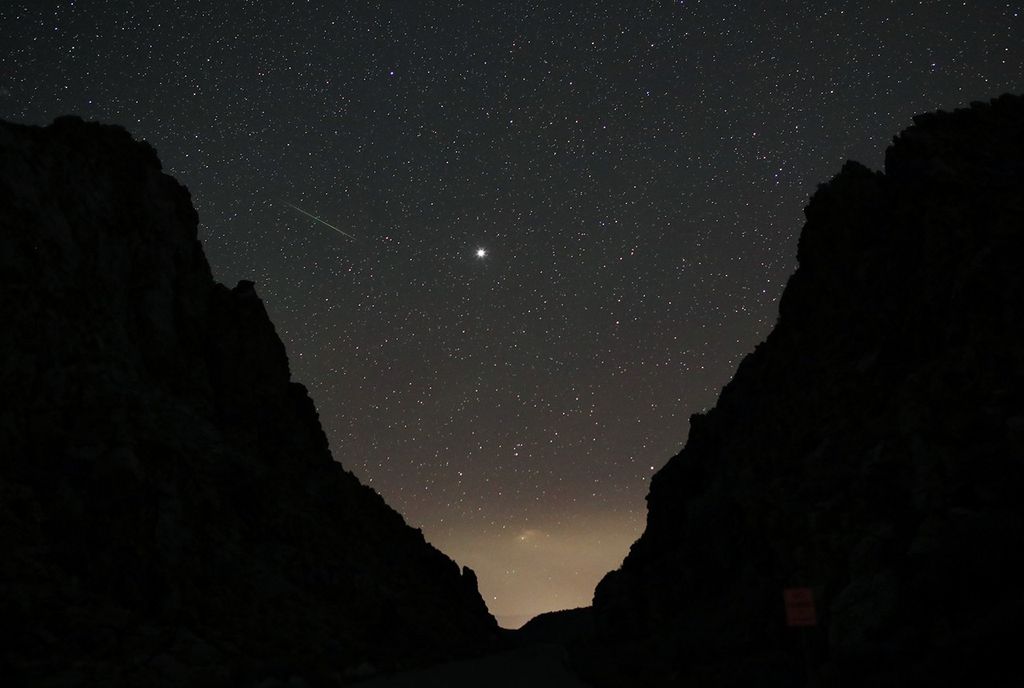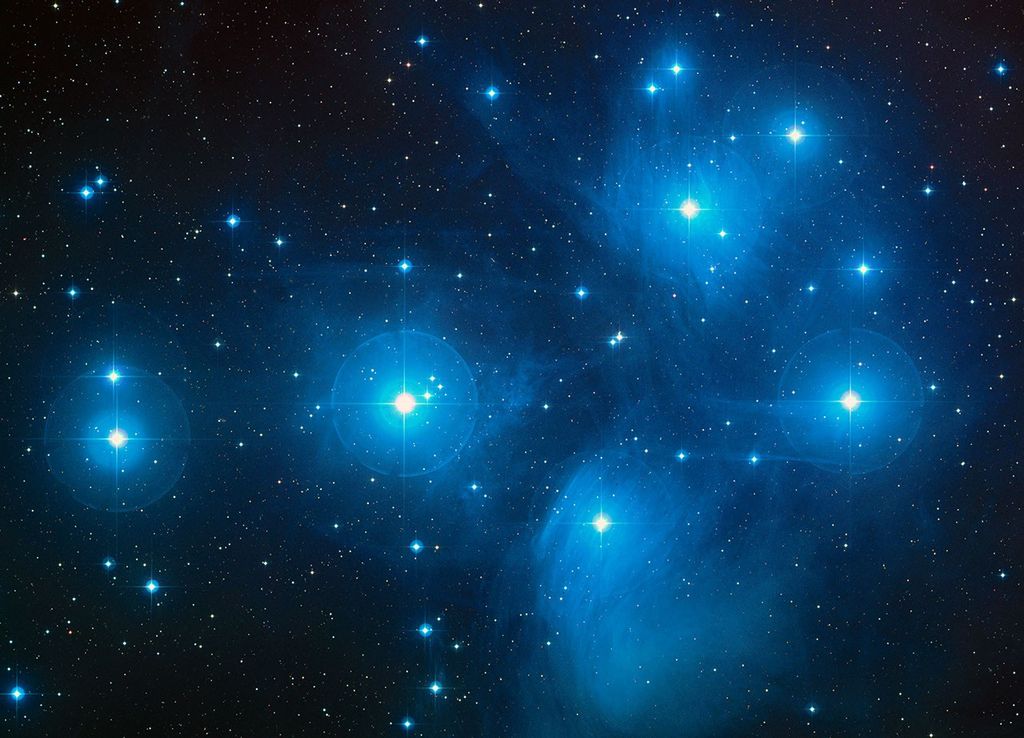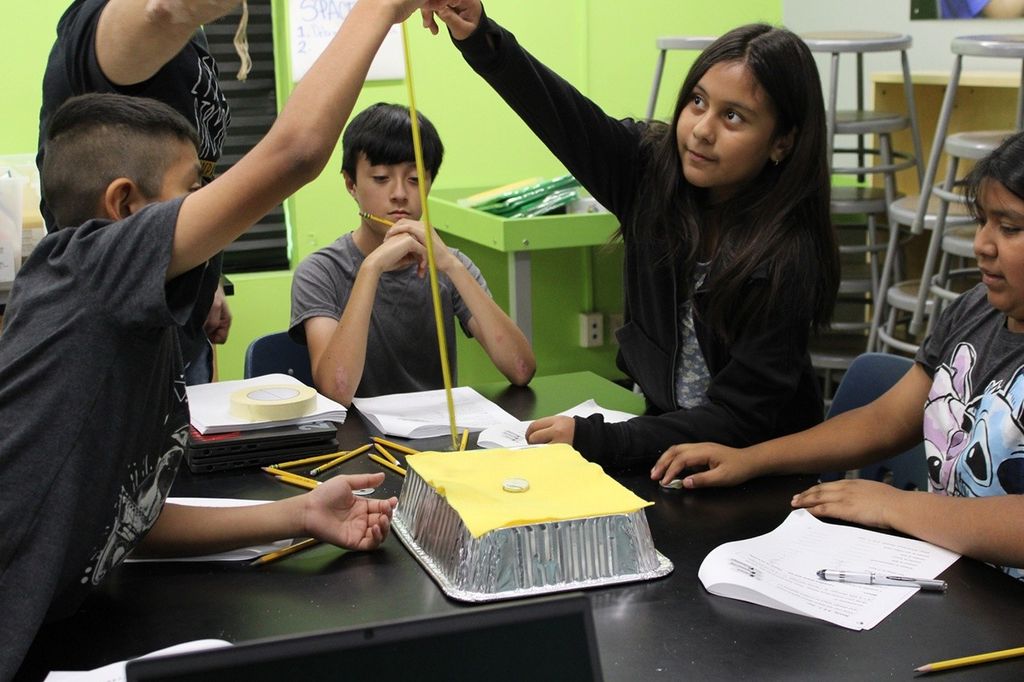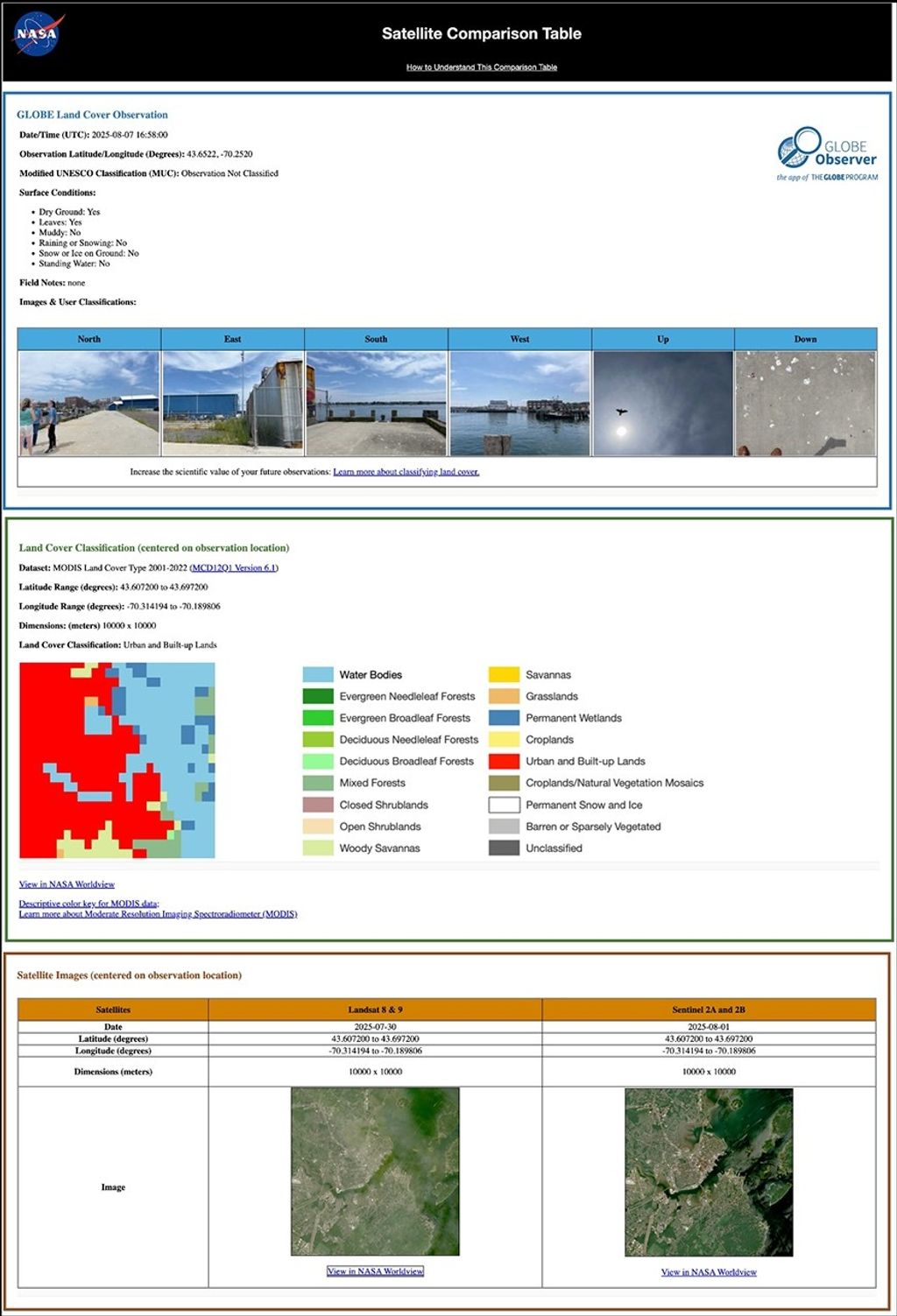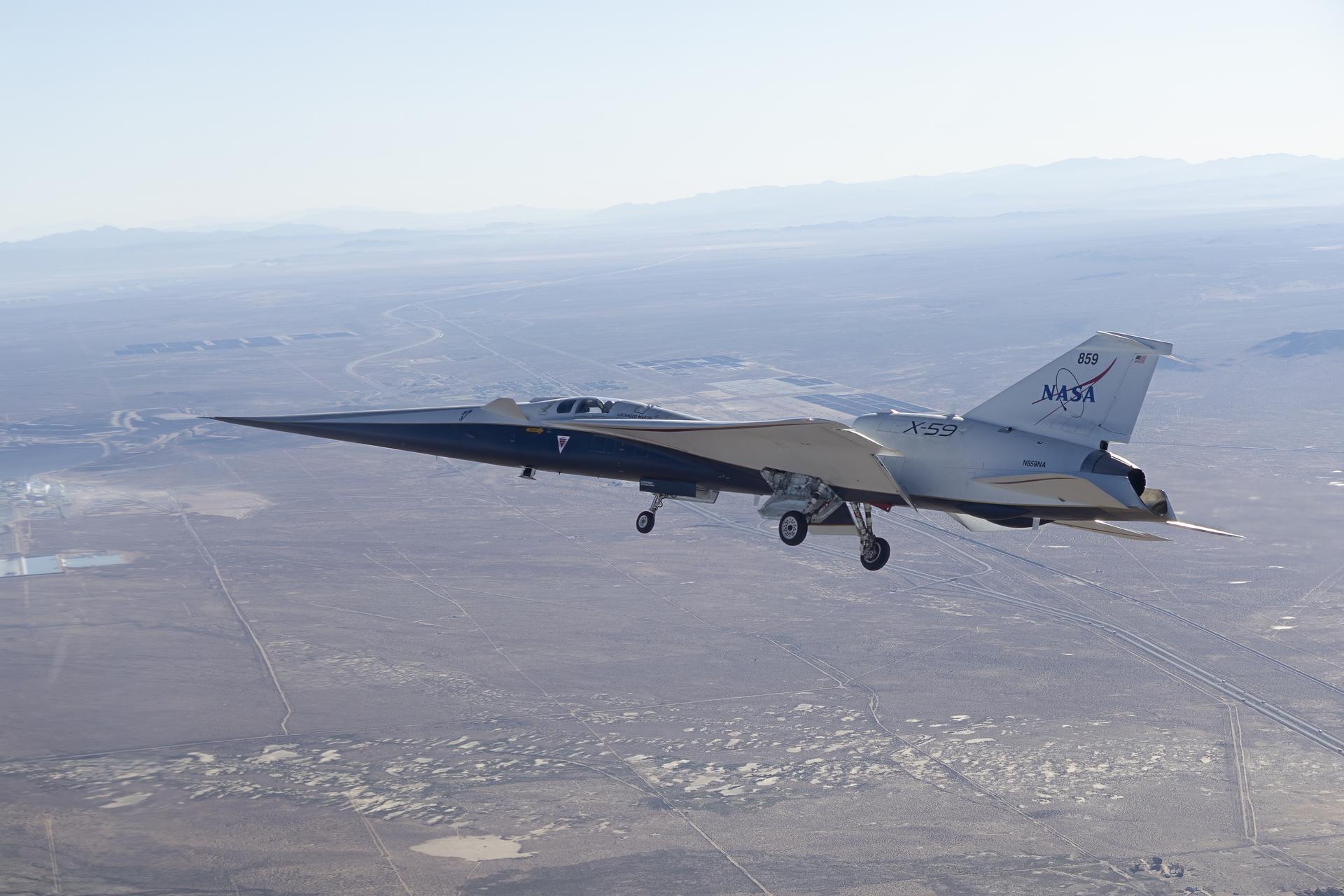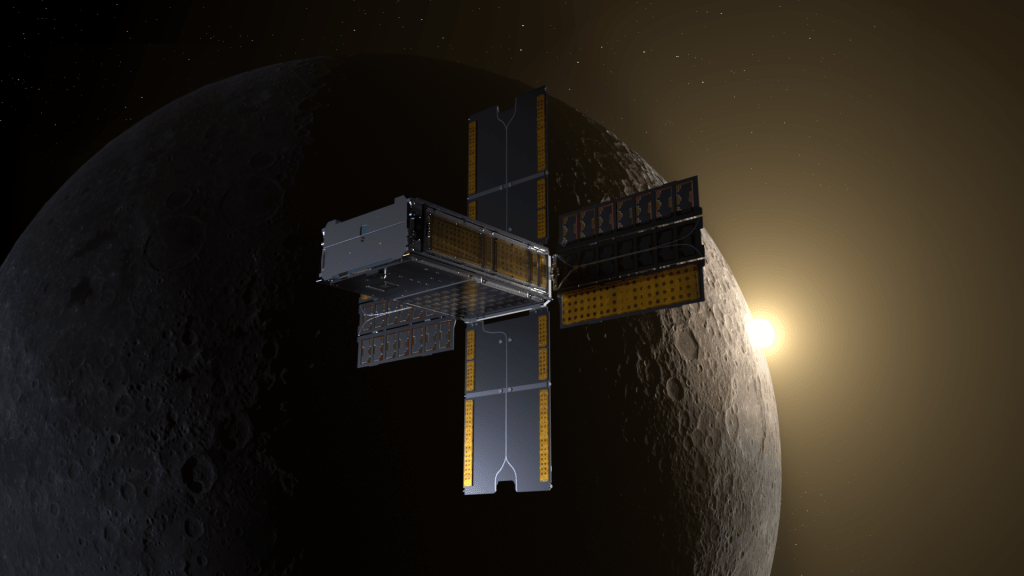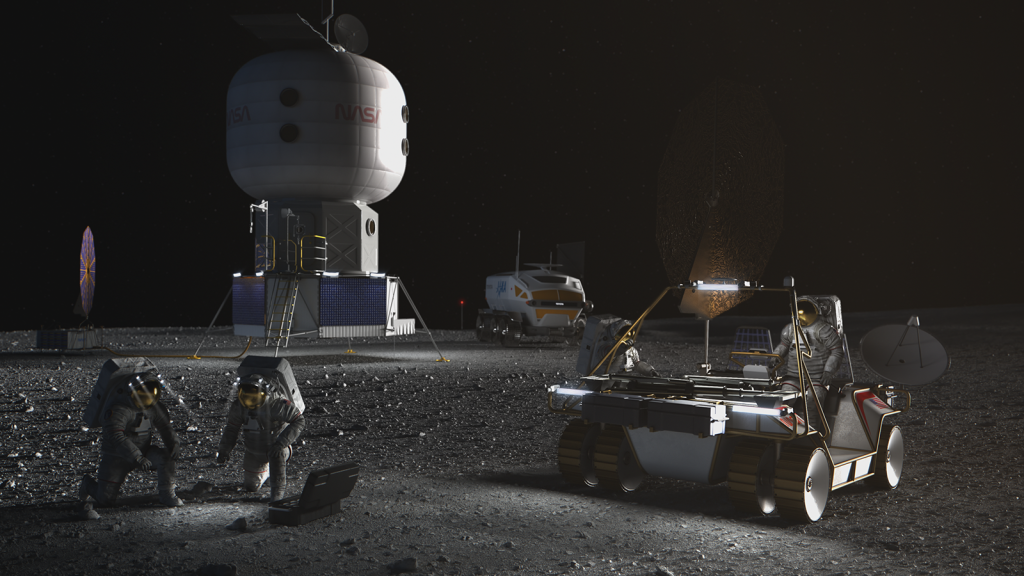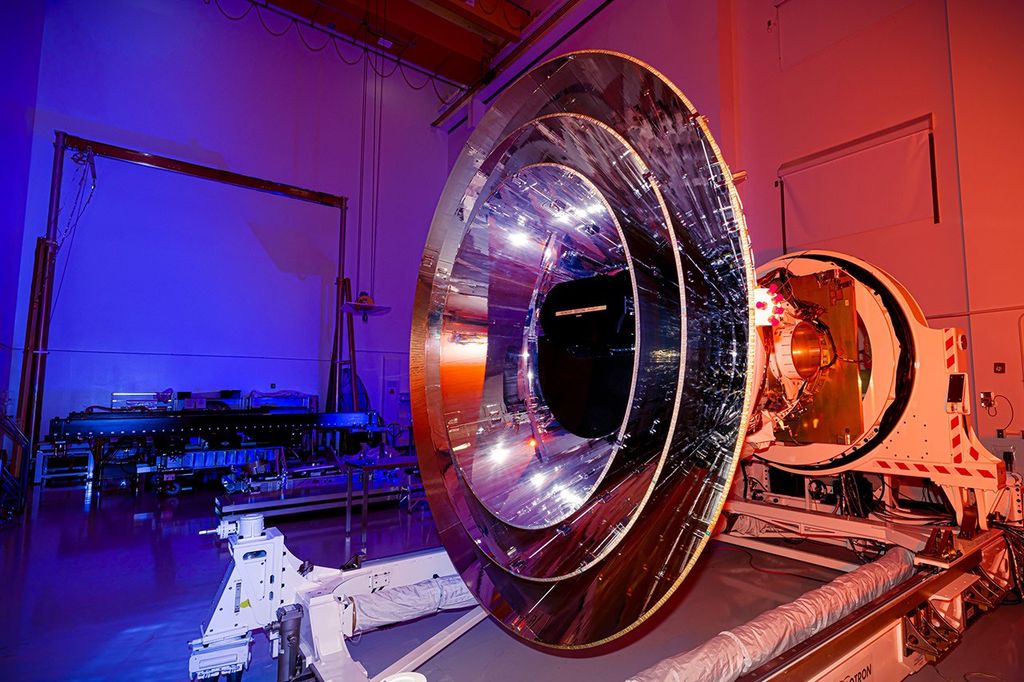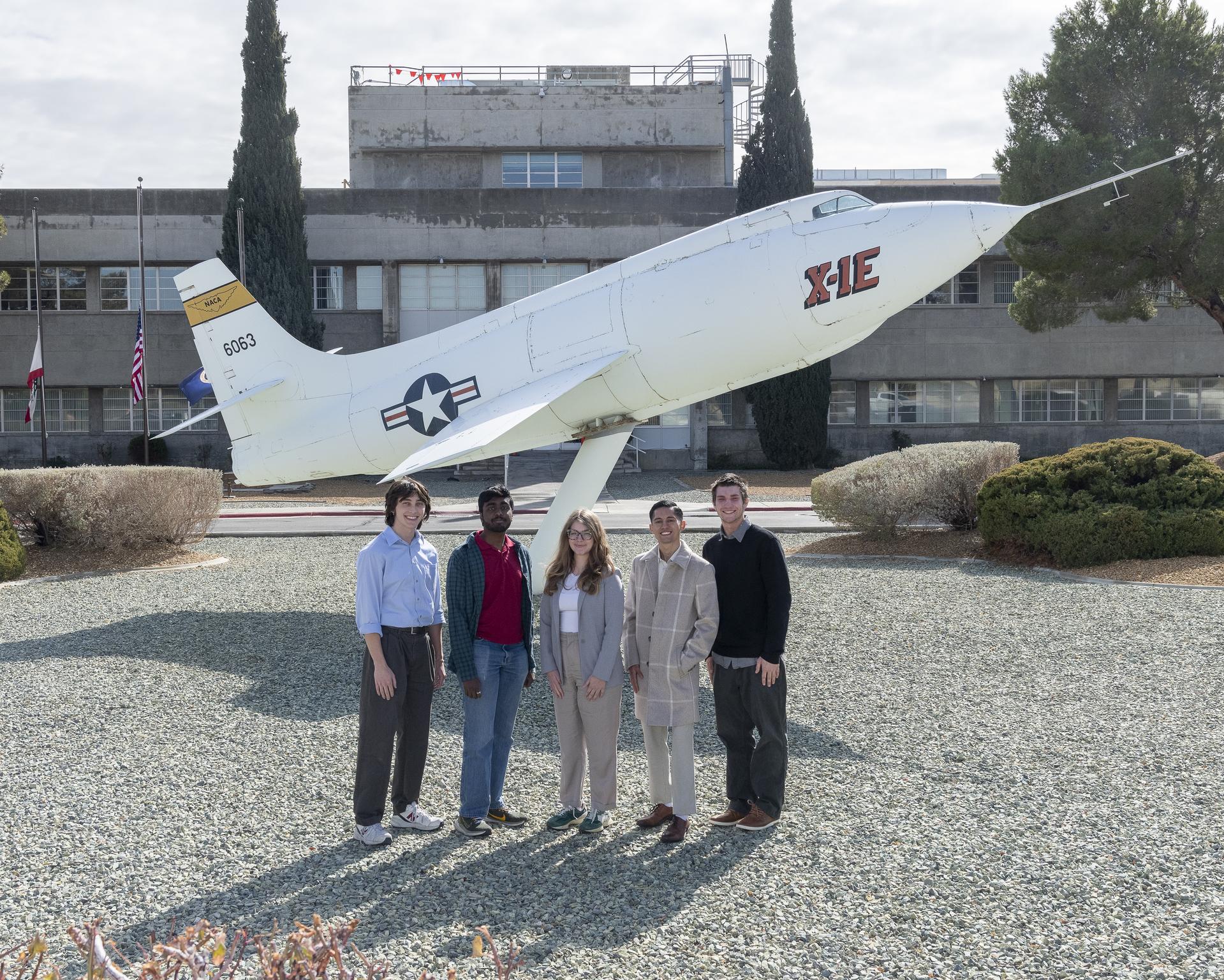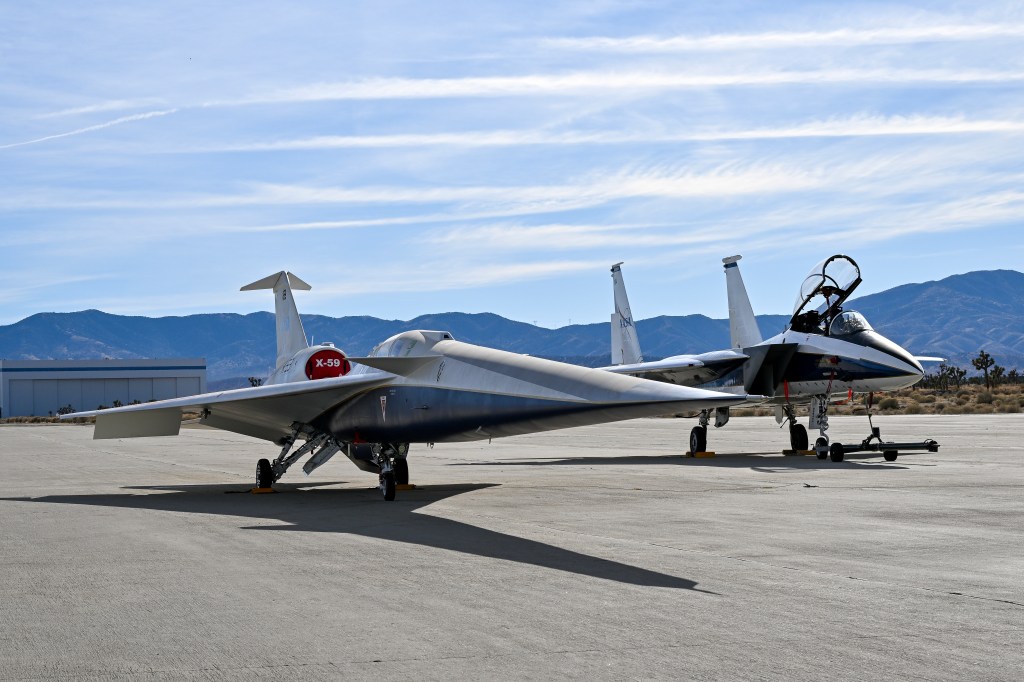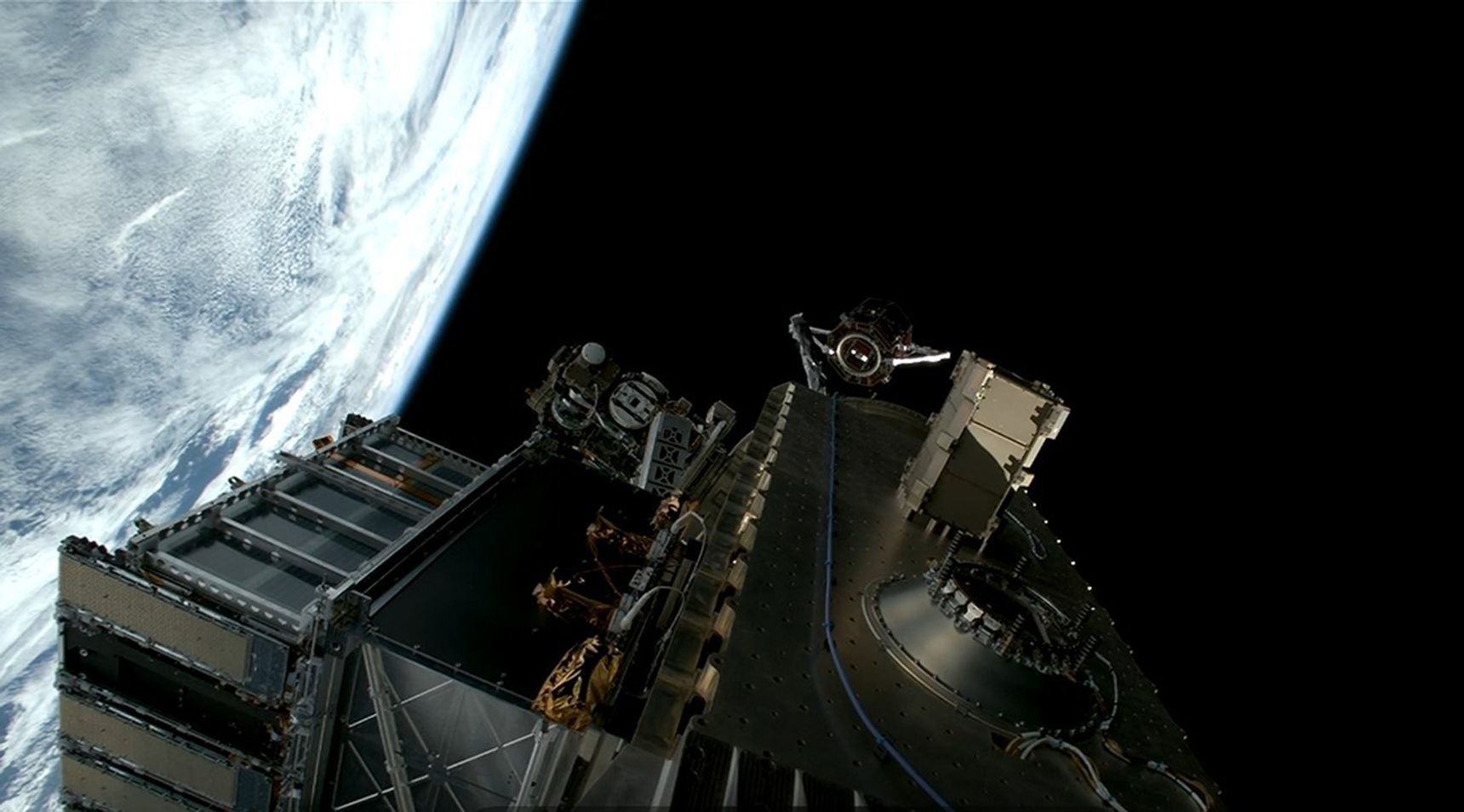NASA’s TRACERS Mission in Orbit
NASA’s TRACERS (Tandem Reconnection and Cusp Electrodynamics Reconnaissance Satellites) twin satellites are in orbit after the spacecraft launched at 11:13 a.m. PDT (2:13 p.m. EDT) on a SpaceX Falcon 9 rocket from Space Launch Complex 4 East at Vandenberg Space Force Station in California as part of a commercial rideshare mission with several other payloads.
The TRACERS mission will study magnetic reconnection and its effects in Earth’s atmosphere. Magnetic reconnection occurs when material from the Sun interacts with Earth’s magnetic field. A reconnection event can shoot solar wind particles, normally diverted around our planet, directly into our atmosphere at high speeds.
The TRACERS satellites will measure magnetic reconnection 3,000 times in a year to help scientists observe how quickly reconnection changes and evolves. Scientists hope to better understand and prepare for impacts of solar activity like interruptions involving communications satellites, GPS systems, and power grids on Earth.
Researchers will combine data gathered by other recently launched NASA missions to study the Sun with data from TRACERS to better understand how the Sun affects the Earth’s magnetosphere and atmosphere. NASA’s PUNCH (Polarimeter to Unify the Corona and Heliosphere) and EZIE (Electrojet Zeeman Imaging Explorer) both launched earlier this year. The PUNCH mission is a constellation of four small satellites making 3D observations to learn about the solar wind, and EZIE is a set of three small satellites studying electrical currents flowing above the pole.
Three additional NASA-funded payloads launched and deployed with TRACERS: the Athena EPIC (Economical Payload Integration Cost) SmallSat, the PExT (Polylingual Experimental Terminal) managed by NASA’s Space Communications and Navigation program in partnership with the Johns Hopkins Applied Physics Laboratory, technology demonstration, and the REAL (Relativistic Electron Atmospheric Loss) CubeSat.
The Athena EPIC, led by NASA’s Langley Research Center in Hampton, Virginia, is designed to demonstrate an innovative, configurable way to put remote-sensing instruments into orbit faster and more affordably.
The PExT (Polylingual Experimental Terminal) technology demonstration, managed by NASA’s SCaN (Space Communications and Navigation) program in partnership with the John Hopkins Applied Physics Laboratory, will showcase new technology that empowers missions to roam between communications networks in space, like cell phones roam between providers on Earth.
Finally, the REAL CubeSat, led by Dartmouth College in Hanover, New Hampshire, will use space as a laboratory to understand how high-energy particles within the bands of radiation that surround Earth are naturally scattered into the atmosphere, aiding the development of methods for removing these damaging particles to better protect satellites and the critical ground systems they support.
The mission is led by David Miles at the University of Iowa with support from the Southwest Research Institute in San Antonio. NASA’s Heliophysics Explorers Program Office at the agency’s Goddard Space Flight Center in Greenbelt, Maryland, manages the mission for the agency’s Heliophysics Division at NASA Headquarters in Washington. The University of Iowa, Southwest Research Institute, University of California, Los Angeles, and University of California, Berkeley, all lead instruments on TRACERS that will study changes in the Earth’s magnetic field and electric field. NASA’s Launch Services Program, based at the agency’s Kennedy Space Center in Florida, manages the Venture-class Acquisition of Dedicated and Rideshare contract.
For more information about TRACERS, visit the agency’s website.


